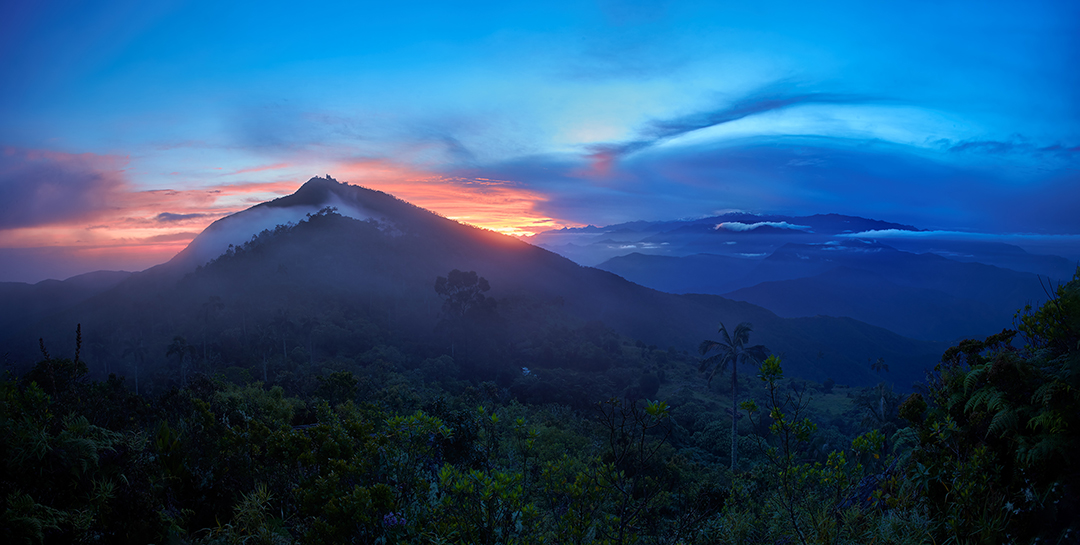
The Hidden Language of Trees
Riding on the wings of time, trees have risen as silent witnesses, towering sentinels and guardians of the mysteries of the natural world, each branch and root a portal to the unknown. Protagonists of timeless myths and legends, they weave a mantle of enchantment within fictional tales. In the lands of Oz, a wise tree counsels intrepid travellers, while in Tolkien’s Middle-earth, they hold the power to shape destinies.
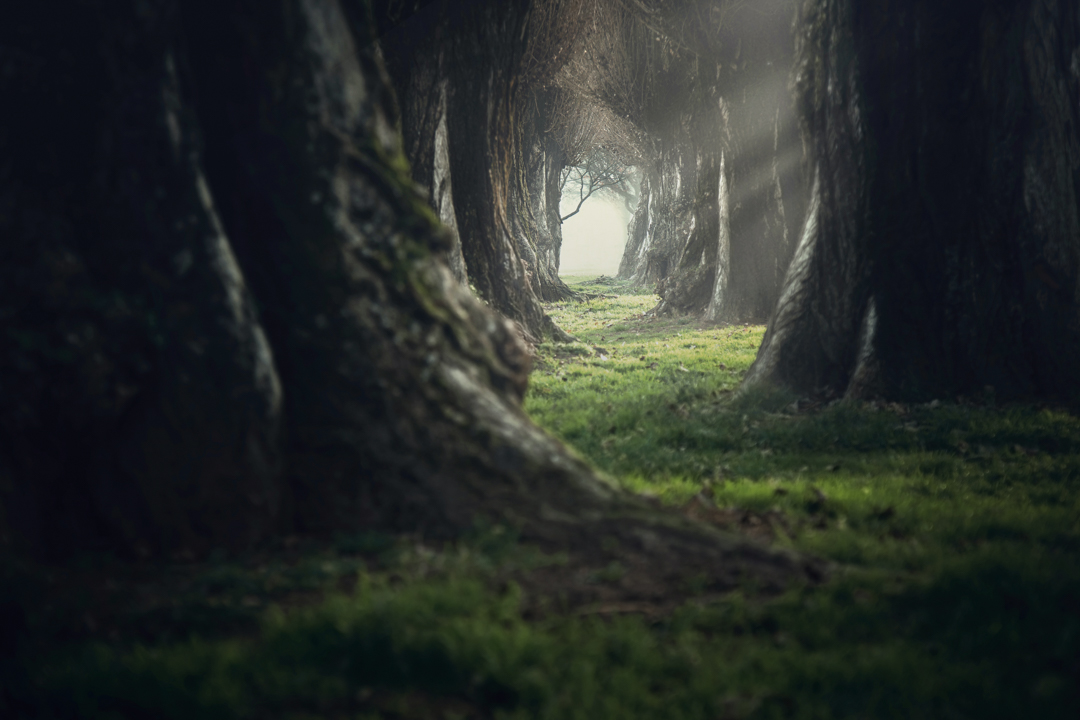
While the idea that trees literally talk remains fantastical, the possibility of another form of communication has been unravelled by science, revealing a different kind of story: that of a complex underground partnership between trees and threadlike fungi called mycorrhizae. This vast network enables trees to exchange nutrients, water and even information.
Discovered in the mid-1990s, this revelation led to a surge of research on what the academic journal Nature called “the Wood Wide Web.” Pioneered by Canadian ecologist Suzanne Simard during her tenure with the British Columbia Ministry of Forests, it revolutionised our understanding of forest ecosystems.
Understanding dynamics like carbon storage is essential for addressing climate change.
Using radioactive carbon, Simard and her colleagues demonstrated nutrient circulation between trees of different ages. The experiment was designed so that, at a certain point, the younger trees stopped receiving sunlight. In the process, the absorption of radioactive carbon skyrocketed, suggesting that the underground flow of nutrients could be helping younger plants to grow in unfavourable conditions. Through this fungal highway, trees transmit chemical signals, warning neighbouring trees of potential threats like insect attacks or disease, fostering community-wide defence.
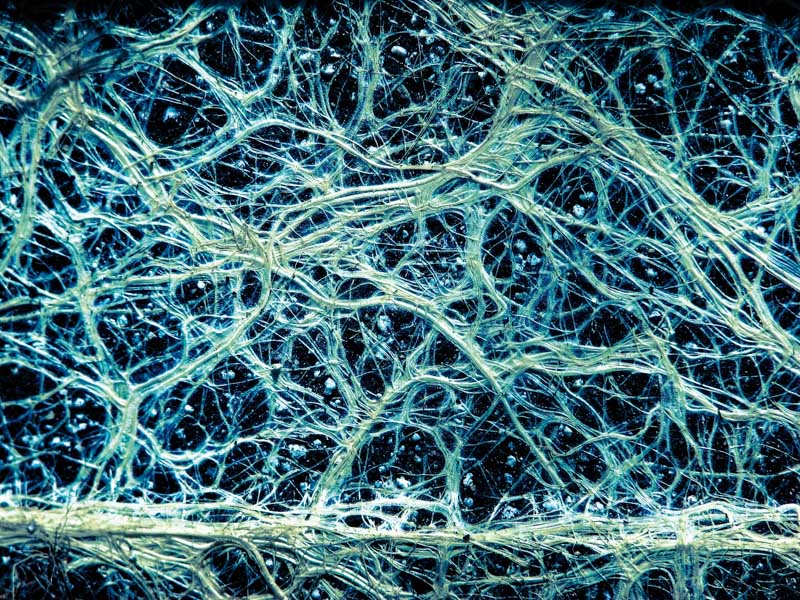
Numerous media sources, articles, books (including a Pulitzer Prize winner), movies and TV shows have helped popularise the concept, celebrating forests as models of cooperation, in contrast to the conventional Darwinian view of species rivalry.
Wood Wide Fight
The implications of the Wood Wide Web extend far beyond science, bearing profound ecological and conservation implications. Recognising the importance of preserving and nurturing the mycorrhizal networks could safeguard the health and resilience of entire ecosystems.
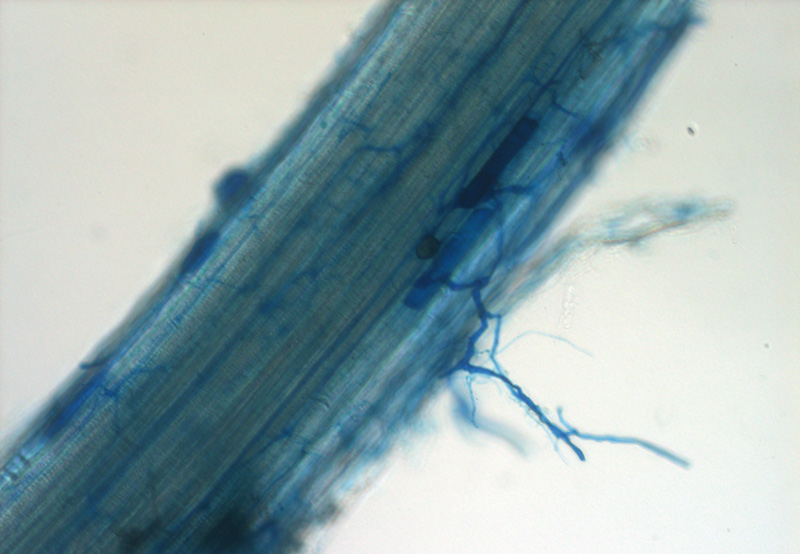
Mycorrhizal fungi have now gained attention in the search for nature-based solutions to climate change. A new study by an international team of scientists, including researchers from the University of Sheffield’s School of Biosciences, shows that about 13.12 gigatons of carbon dioxide moves from plants to fungi annually, transforming the soil into a massive carbon pool. The amount of carbon stored equals roughly 36% of yearly global fossil fuel emissions (more than China’s annual output).
Therefore, researchers advocate including fungi in biodiversity and conservation policies. At the current rate, the UN warns that 90% of soils could be degraded by 2050, which could be catastrophic for efforts to curb climate change and rising temperatures, and for the productivity of crops and plants as well.
Battles among trees
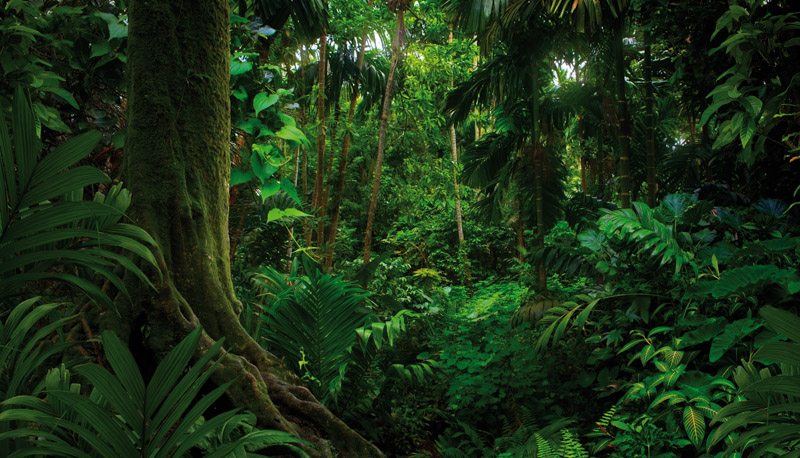
Tropical forests host hundreds of species of trees within a square mile. Understanding how these species coexist is a struggle for scientists. In a study published in Science magazine, researchers from the University of Texas at Austin have provided new insights into the answer.
Combining computational modelling with 30 years of data, the researchers discovered that adult trees in a Panamanian forest are three times as distant from other adults of the same species.
They also found that each species is much more affected by its own kind than by others, probably due to species-specific enemies. These enemies “make room” for other species to establish around every tree, preventing dominance and leading to a more diverse forest.
So, the further away, the better. This is clearly a stepping stone to understanding dynamics like carbon storage, essential for addressing climate change.


